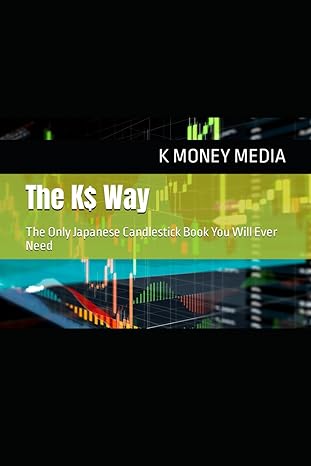Crockett Graphic Designs Inc. is considering two mutually excluslve projects. Both projects require an initial after-tax investment of $9,000 and are typical average-risk projects for the firm. Project A has an expected life of 2 years with after-tax cash inflows of $7,000 and $8,000 at the end of Years 1 and 2 , respectively. Project B has an expected life of 4 years with after-tax cash inflows of $6,000 at the end of each of the next 4 years. The firm's WACC is 11%. a. If the projects cannot be repeated, which project should be selected if Crockett uses NPV as its criterion for project selection? Project should be selected b. Assume that the projects can be repeated and that there are no anticipated changes in the cash flows. Use the replacement chain analysis to determine the NPV of the project selected. Do not round intermediate calculations. Round your answer to the nearest cent. Since Project 's extended NPV =$, it should be selected over Project c. Make the same assumptions as in part b. Using the equivalent annual annuity (EAA) method, what is the EAA of the project seiected? Project should be selected. Crockett Graphic Designs Inc. is considering two mutually exclusive projects. Both projects require an initial after-tax investment of $9,000 and are typleal average-risk projects for the firm. Project A has an expected life of 2 years with after-tax cash inflows of $7,000 and $8,000 at the end of Years 1 and 2 , respectively. Project B has an expected life of 4 vears with afteritax cash inflows of $6,000 at the end of each of the next 4 years. The firm's WACC is 11%. a. If the projects cannot be repeated, which project should be selected if Crockett uses NPV as its criterion for project selection? Proje should be selected. b. Assu jjects can be repeated and that there are no anticipated changes in the cash flows. Use the replacement chain analysis to determine the ielected. Do not round intermediate calculations. Round your answer to the nearest cent. Since Project 's extended NPV =$ , it should be selected over Project with an NPV =$ c. Make the same assumptions as in part b. Using the equivalent annual annuity (EAA) method, what is the EAA of the project seiected? Project should be selected








